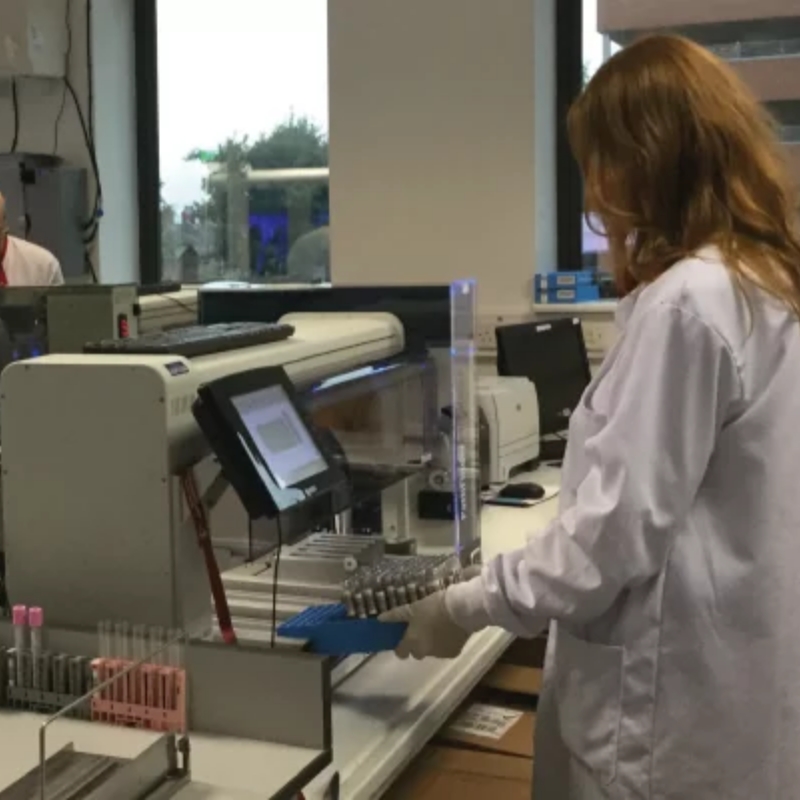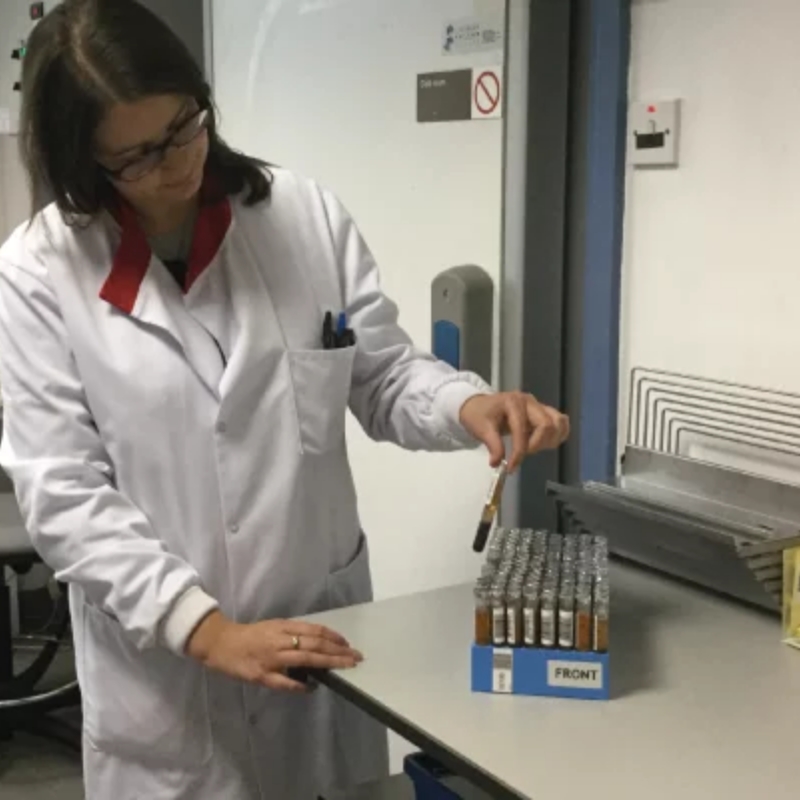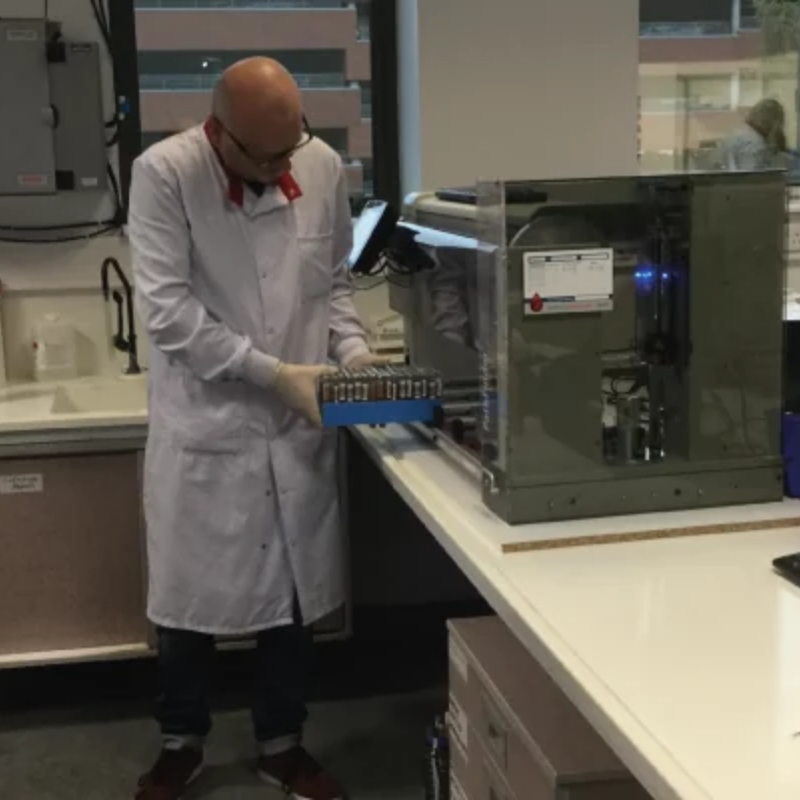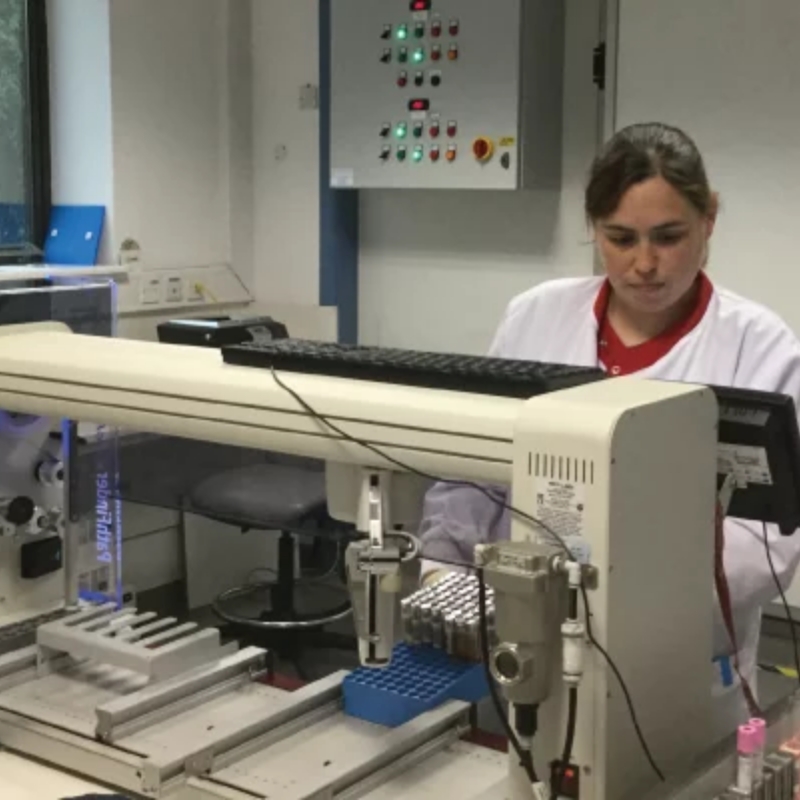A Safer Way To Store and Retrieve Samples – Northern Ireland Blood Transfusion Services
Blood safety is of paramount importance to the Northern Ireland Blood Transfusion Service, which provides blood and blood components to 5 regional hospital trusts in Northern Ireland. It is the only such service in Northern Ireland, collecting 60,000 blood donations annually. The laboratory, which is based in Belfast, performs blood group serology and infectious disease marker screening on all blood donations.
Once this testing is complete, 2 x PathFinder 350A Archiver units are used to recap and archive primary blood samples into storage racks.
The microbiology lab screens all blood donations for a range of different infectious diseases (including Hepatitis B, C and E, HIV, HTLV, and syphilis) on either an Abbott Architect i2000SR or a Roche Cobas 6800 analyzer. In addition, about 25,000 antenatal samples each year are screened for similar diseases as well as immunity to Rubella.
After testing, these samples are frozen and then stored at below -25 deg C. The samples are stored for up to 2 years just in case investigation is required on a transfusion suspected of an associated infection transmitted in a blood component.
Challenges Faced
Up until the PathFinder 350A units were installed, samples were archived in 96 well microplates, which were covered by an adhesive microplate cover. These were tedious to prepare and required a lot of paperwork for each batch of plates to be archived.
But the main issue with the prior method of storage was the uncertainty over the integrity of the sample. Once the sample was transferred to a microtiter plate, its positive sample identification was lost. What’s more, it wasn’t possible to detect any errors in the transfer process. There was also the real possibility of cross-contamination of adjacent samples in the microplate, either in the transfer process or during recovery of the sample after freezing.
The PathFinder 350A addressed all these issues by foil-sealing the original labelled tube and archiving it into a compact, 128-well storage rack.
The time consuming manual preparation of the samples for storage and any errors associated with this has now been eliminated, while sample identity has been retained. Sample traceability has been substantially improved by the easily accessible sample database of stored sample tubes on the instrument.
While the 128-well PathFinder rack takes up more freezer space than a microplate, the reciprocal advantage is the increased volume of sample available. For example, having a complete sample with original patient details is useful when attempting to determine the cause of an intrauterine foetal death.




Automation Makes Life Easier
The archiving process is now more-or-less a walk-away operation. Whereas before there were several lab staff working on preparation of the samples, the task of archiving is now easily achieved by just one member of staff. Automation has saved the time involved in checking the contents of each microplate and placing the cover securely on each. Also the sample recovery process is much quicker as the location of any tube in storage can be found in seconds.
While Lab Manager, Mark Clarke, acknowledges that the addition of the PathFinder's has reduced staff involvement in the archiving process, he says “the main benefit is the sample traceability and the fact that their integrity is maintained”. And this means complete confidence that a patient’s exposure to certain disease conditions can be established, thus aiding the treatment of any infections.
General Applications of the PathFinder 350A
- Post-analytical sealing and archiving of completed tubes into storage racks
- Catching any samples with outstanding tests before they go to storage
- Sealing and sorting out tubes for off-site testing
- Segregating stored tubes into long and short term storage
